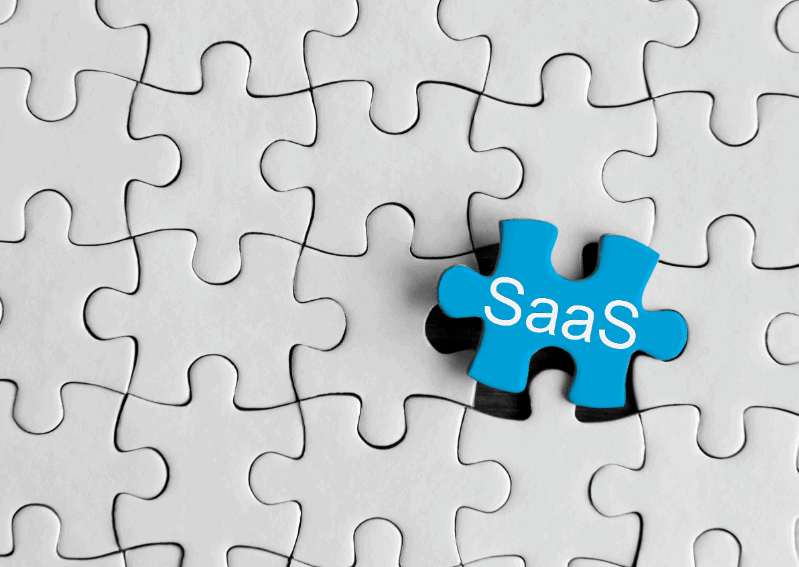Usage-based pricing is quickly gaining popularity. About 61% of SaaS companies report having used some form of usage-based pricing in 2022.
Companies using a usage-based pricing model experience year-on-year growth of 17% compared to the broader SaaS index of 13%. They also experience a higher net dollar retention of 125% compared to the broader SaaS index of 114%.
Table of Contents
So, what makes the usage-based pricing model so effective compared to other pricing models? Let’s get to it.
What is Usage-Based Pricing
This is a pricing model where the cost of a SaaS depends on the level of usage. It’s a great alternative to a fixed pricing model where customers pay a recurring fee in exchange for access to the service, regardless of the level of usage.
It gives clients the freedom to control the costs incurred by modulating their usage. Bravo, for instance, is an email marketing platform that offers usage-based pricing. Users pay based on their monthly email volume.

The usage-based pricing model may sound complicated, but it’s easy to manage if you have reliable subscription management software.
You can leverage some curated lists such as Attrock subscription management software to learn about different software and their features and can choose any most relevant software as per your requirements.
Benefits of a Usage-Based Pricing Model
The usage-based pricing model benefits both the SaaS company and its clients.
1. It Enhances Customer Satisfaction
Usage-based pricing is a customer-centric strategy that puts customer success first. The logic behind it is that the cost the client incurs corresponds to the value they’re extracting from the service.
In the case of lead generation software, for instance, the cost they pay to generate and manage leads corresponds to the number of leads they’re getting.
If they have to pay more, it’s only because they’re bringing in more qualified leads, which improves the company’s bottom line. This facilitates a better value exchange. It boosts client satisfaction and loyalty.
2. It Reduces Churn
Just because a company is going through a rough patch doesn’t mean it’ll be in crisis forever. Usage-based pricing automatically scales down the cost for your clients when their business is down.
Without this option, clients facing financial setbacks are likely to cancel their subscriptions fully, leading to high levels of churn. As these businesses get back on track, their SaaS spending will likely grow along with it.
3. Flexible Pricing Draws in More Clients
The SaaS industry is growing at a fast rate with the global SaaS market expected to reach $908.21 billion by 2030. It’s attracting a massive influx of SaaS startups. Currently, there are about 72,000 SaaS companies worldwide.
SmallBusiness HQ recommended small businesses should create a robust financial plan to overcome budgeting issues. It helps them to manage their financial resources with continuous growth.
Adopting a usage-based pricing model is one of the tactics you can use to remain competitive and draw in more customers. A usage-based pricing model expands your client pool to include:
- Clients with fluctuating demands and only need the services once in a while, such as NGOs, consulting firms, and seasonal businesses
- Entrepreneurs who are still testing the viability of their business concept
- Small businesses who don’t have a substantial SaaS marketing budget to commit to a fixed cost.
4. It Reduces Revenue Leakage
Pricing models like a flat rate strategy come with the risk of revenue leakage. This is because some clients may consume more resources than what their flat-rate pricing covers. The extra resources consumed eat into your profit margins.
Usage-based pricing, on the other hand, ensures that your SaaS gets the full value of its offerings. It also encourages clients to utilise resources efficiently and optimise their workflows in a bid to reduce their consumption.
You can learn more about different B2B subscription pricing models by reading guides such as the Younium subscription billing guide for small businesses.
Guides help you to know which pricing models suit best for your business and how billing and subscription software can help you to reduce your operating costs.

5. It Enhances Customer Acquisition
One of the best parts about a usage-based pricing model is that it allows clients who are unsure about your service to give it a try first without feeling tied up in a long-term contract.
It gives you a chance to prove your value at little cost to the client, which minimises friction to adoption. It may feel like the revenue is small at first. But once the client has one foot in, they’re bound to grow their usage quickly as long as your service or product is meeting their needs.
Usage-Based Pricing Model – Conclusion
Usage-based pricing facilitates the growth of your B2B SaaS by increasing customer satisfaction, reducing churn, growing your customer base, eliminating revenue leakage, and enhancing your customer acquisition efforts.
You don’t have to do an overnight overhaul of your product pricing structure. Identify the client segments that will benefit from usage-based pricing the most, implement it, and assess the benefits it brings to your SaaS business.


